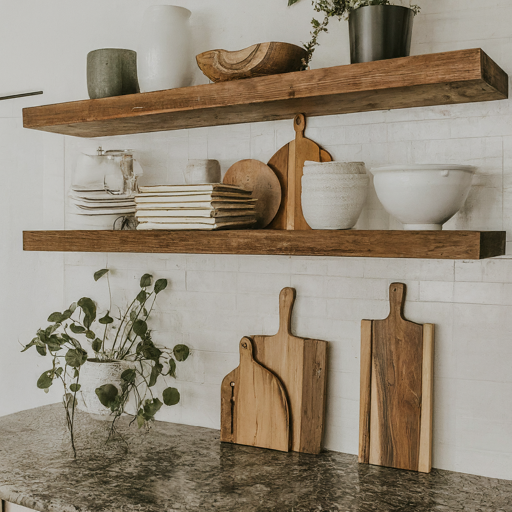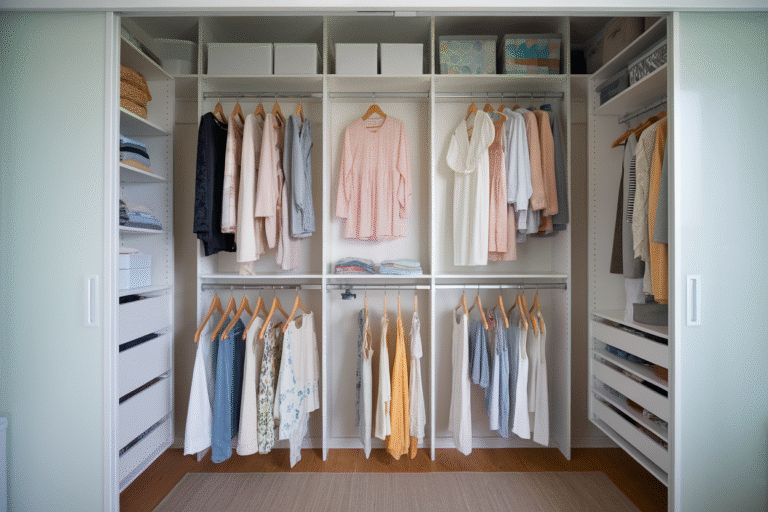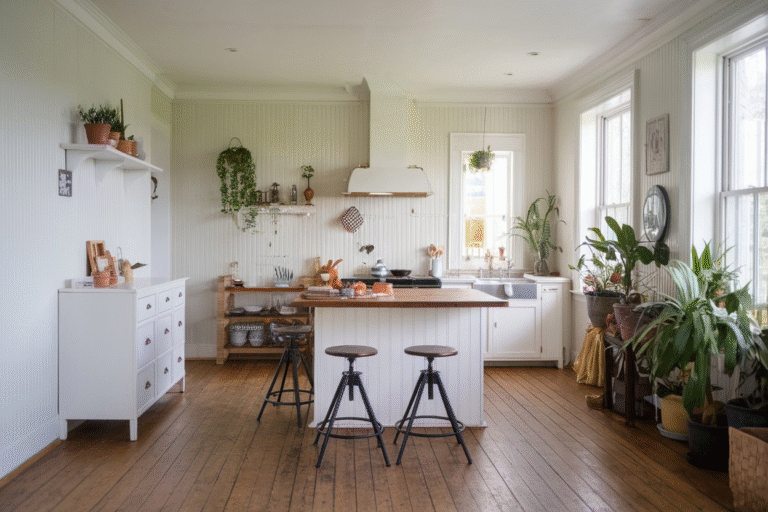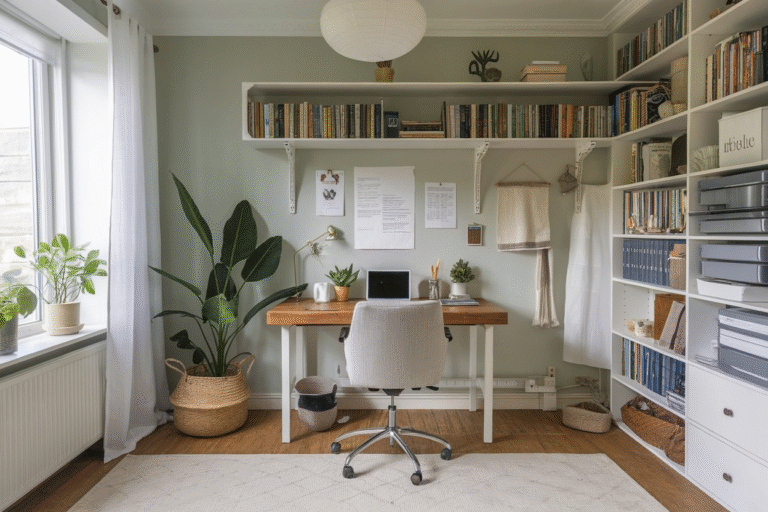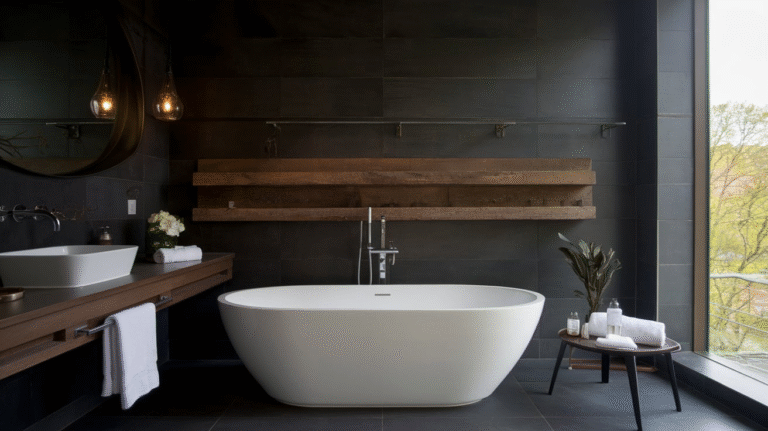19 Home Office Gym Combo Layout Ideas
Designing a space that’s equal parts productive and powerful is no small feat. You want your mind sharp for meetings and your body strong for the grind. So what do you do when you’ve got one spare room and two big dreams? You combine your home office and gym into one dynamic space.
If that sounds like mixing business with burpees, well… it is. But done right, it can be the most energizing decision you make for both your work life and your wellness journey.
1. The Half-and-Half Layout
Think of this like sharing a room with your hyper-productive alter ego. One side is your office—desk, chair, monitor—while the other is your gym—yoga mat, dumbbells, resistance bands.
This layout works best when you have a rectangular room. Place a rug beneath your desk to zone the office area and keep a different flooring type (rubber mat, foam tiles) on the gym side. Visual boundaries create mental clarity.
I tried this in my first apartment and found it oddly motivating. After a frustrating Zoom call, a kettlebell swing or two worked better than therapy.
2. The Wall-Hugging Setup
Use the walls for both work and workout gear. Mount a fold-down desk and place wall-mounted shelves for gym equipment like resistance bands, foam rollers, or jump ropes.
This setup saves floor space, and you can fold the desk away during workout time. It’s perfect for small rooms and keeps clutter off the floor—especially important when you’re doing lunges in the same space you file spreadsheets.
3. The Closet Conversion Combo
If you’ve got a walk-in closet or an underutilized nook, turn it into your dedicated office zone, leaving the main area for workouts.
I once converted a closet into a mini office using just a small IKEA desk, some LED strip lighting, and a whiteboard. It freed up the room for squats, yoga, or the occasional dance break.
This idea works especially well if you crave a mental shift between work and exercise—you can literally step out of the office and into the gym.
4. The Desk-Behind-the-Treadmill Plan
Got a treadmill or stationary bike? Place your desk right behind it, preferably by a window. This way, you alternate between sitting and cardio seamlessly.
One of my friends, an accountant with a marathon hobby, uses this exact layout. She answers emails with a post-run glow and swears it keeps her creative spark alive.
The key is good airflow and noise control, so throw in a fan and headphones to stay focused.
5. The L-Shape Arrangement
Divide the room into an L-shaped functional flow—desk on one wall, gym gear on the adjacent side. Use corner shelving to store both office supplies and workout gear like kettlebells and yoga blocks.
This creates a natural transition between work and wellness zones without clashing energies. Bonus: it looks balanced and intentional—like a lifestyle influencer’s Instagram feed, but real.
6. The Murphy Desk & Mat Combo
Install a Murphy desk (folding desk) on the wall and store a large workout mat underneath. When it’s work time, pull down the desk. When it’s gym time, fold it up and roll out the mat.
This works wonderfully in studios or multipurpose spaces. I helped a client set this up in a downtown loft, and she now hosts both investor calls and HIIT sessions in the same 8×8 corner.
7. The Storage-Driven Setup
Let your storage define the zones. Use a large open bookshelf as a partition between the office desk and workout area. Store weights, books, files, and plants on the shelves.
This combo lets your room breathe while keeping everything visible and easy to access. You’ll spend less time searching and more time doing—whether that’s hammering out a proposal or doing planks.
8. The Standing Desk & Stretch Area
Use a standing desk with a small mat next to it for stretching, mobility work, or quick yoga flows. This is great for people who prefer movement throughout the day instead of one big workout.
I do this myself. Between meetings, I’ll do a few sun salutations or shoulder rolls. It’s like giving your brain a green smoothie without actually drinking kale.
9. The Dual-Zone Lighting Trick
Use lighting to create different moods for work and workouts. A bright desk lamp for focus, and warmer, ambient lights for workouts or meditation.
This psychological trick works wonders. When the workday ends and the warm lights come on, your brain knows it’s time to switch from grind mode to flow mode.
10. The Gym Bench as Office Chair
Ever sat on a gym bench to do work? Surprisingly effective. It encourages better posture and keeps you in an active mindset.
Pair it with a height-adjustable desk and you’ve got a space that blends ergonomics with endurance. Bonus: when work ends, that bench is ready for your chest press sets.
11. The Fold-and-Roll Layout
Invest in foldable gym equipment (folding treadmill, collapsible bench, portable weights) and mobile office furniture (rolling desk, stackable drawers). Roll out what you need when you need it.
This is the Marie Kondo of home office gyms: efficient, flexible, and kind to your square footage.
12. The Zen Den Combo
Mix mindfulness with motivation. One side of the room has a simple desk and plant-filled shelf. The other? A yoga mat, meditation cushion, and light weights.
This combo isn’t about brute force—it’s about inner and outer balance. I worked with a yoga teacher who used essential oils, soft curtains, and acoustic panels to make this setup feel like a retreat.
13. The Behind-the-Desk Setup
Place your gym equipment behind your office chair, especially if you’re using a sit-stand desk. That way, it’s always in sight.
Seeing your dumbbells while you’re slouching in a chair? That visual guilt is surprisingly effective at prompting movement. Think of it as your silent accountability partner.
14. The Mirror Wall Magic
Install a mirror on the gym side of your space. It adds depth, lets you check your form during workouts, and makes the whole room feel larger.
Pair it with minimalistic furniture and you’ll feel like you’re working inside a boutique wellness studio.
15. The Loft Vibe Divider
If you have a loft-style space, place the desk under a hanging rack for resistance bands or boxing gloves. Use floor-to-ceiling curtains or an open-frame bookshelf as a flexible room divider.
This idea plays with verticality and adds a modern industrial feel. Think exposed pipes, black steel frames, and motivational quotes you’ll actually follow.
16. The Compact Corner Combo
Use an L-shaped corner desk with storage on top, and tuck a foldable mat and foam roller beneath it. This setup is great for small rooms where every inch matters.
You’re turning a single corner into a productivity-pumping, flexibility-boosting powerhouse. Small but mighty.
17. The Under-the-Bed Zone
If you’re in a studio apartment, don’t ignore the space beneath your loft or bed. Set up a low desk or floor seating work area underneath, and keep the main room open for workouts.
It’s like a treehouse for adults—just without the splinters.
18. The Garage Conversion Dream
If you’re lucky enough to have a garage, convert half into your office and half into your gym. Install a large window or two for daylight, and insulate it well.
This gives you more room, noise control, and the freedom to deadlift without waking up your cat.
I’ve seen clients turn garages into sleek tech-and-training dens with standing desks, Pelotons, mood lighting, and power racks. It’s the adult equivalent of a playroom.
19. The Fold-Out Furniture Philosophy
Use multi-purpose furniture that folds, collapses, or transforms. A desk that turns into a bench, a bookshelf with a pull-out squat rack, or a Murphy bed with storage compartments.
This layout demands planning but gives maximum return. One of my most organized friends uses a fold-out treadmill desk hybrid—it’s part sci-fi, part genius.
Final Thoughts: Designing for Dual Purpose, Not Chaos
When you combine an office with a gym, it’s not just about saving space—it’s about creating a daily ecosystem where your brain and body feed off each other.
You don’t need a mansion or a warehouse. You need intention.
Start by asking yourself:
- What kind of work do I do—quiet, focused, or creative?
- What kind of workouts do I enjoy—intense or mindful?
- Do I need division, or can I embrace the dual energy?
Think of this combo as yin and yang in action—effort and rest, movement and stillness, Zoom calls and jump squats. Once you build the space to support both, you’ll wonder how you ever lived without it.
So roll out the mat, fire up the laptop, and let your hybrid space power both your passions.

